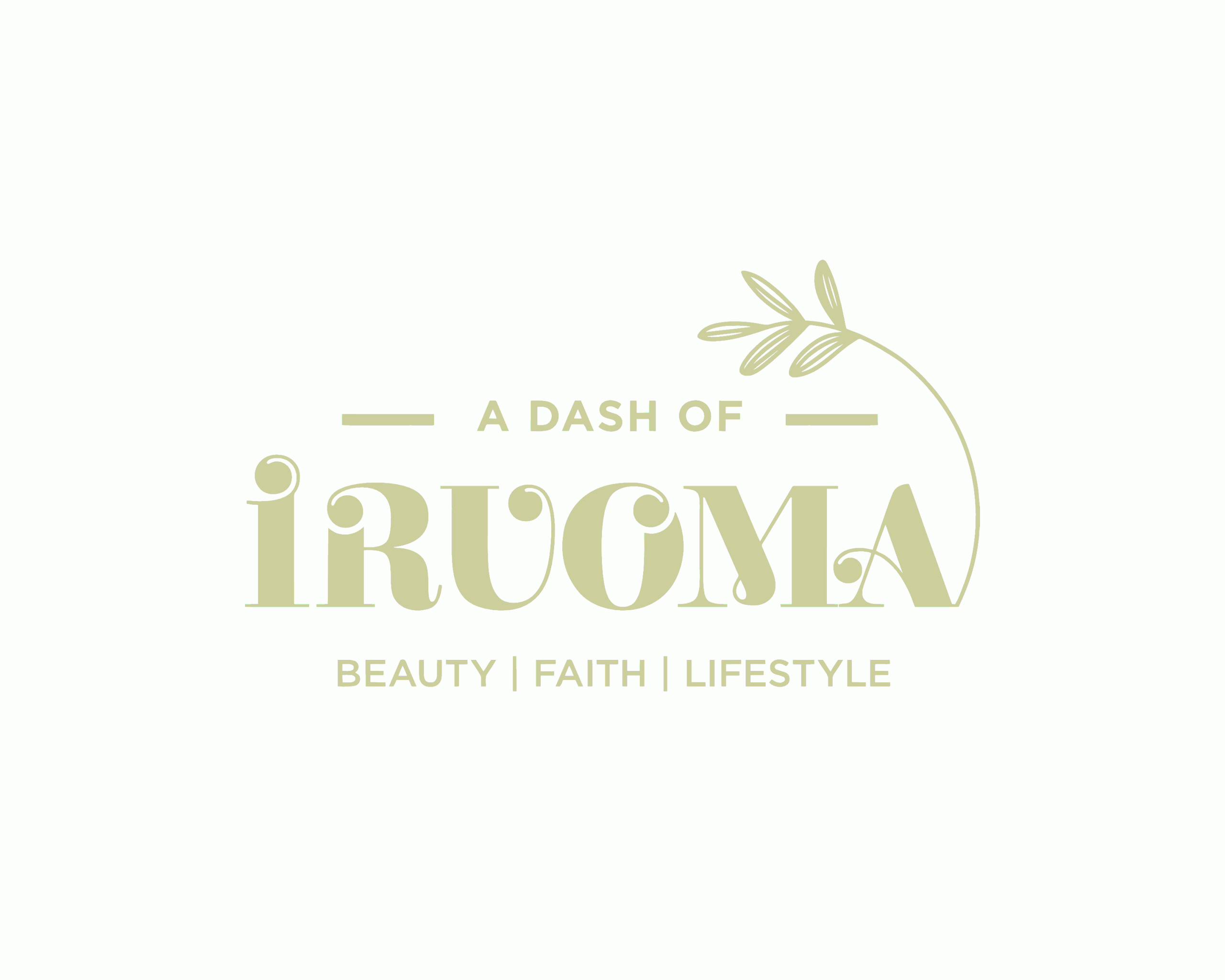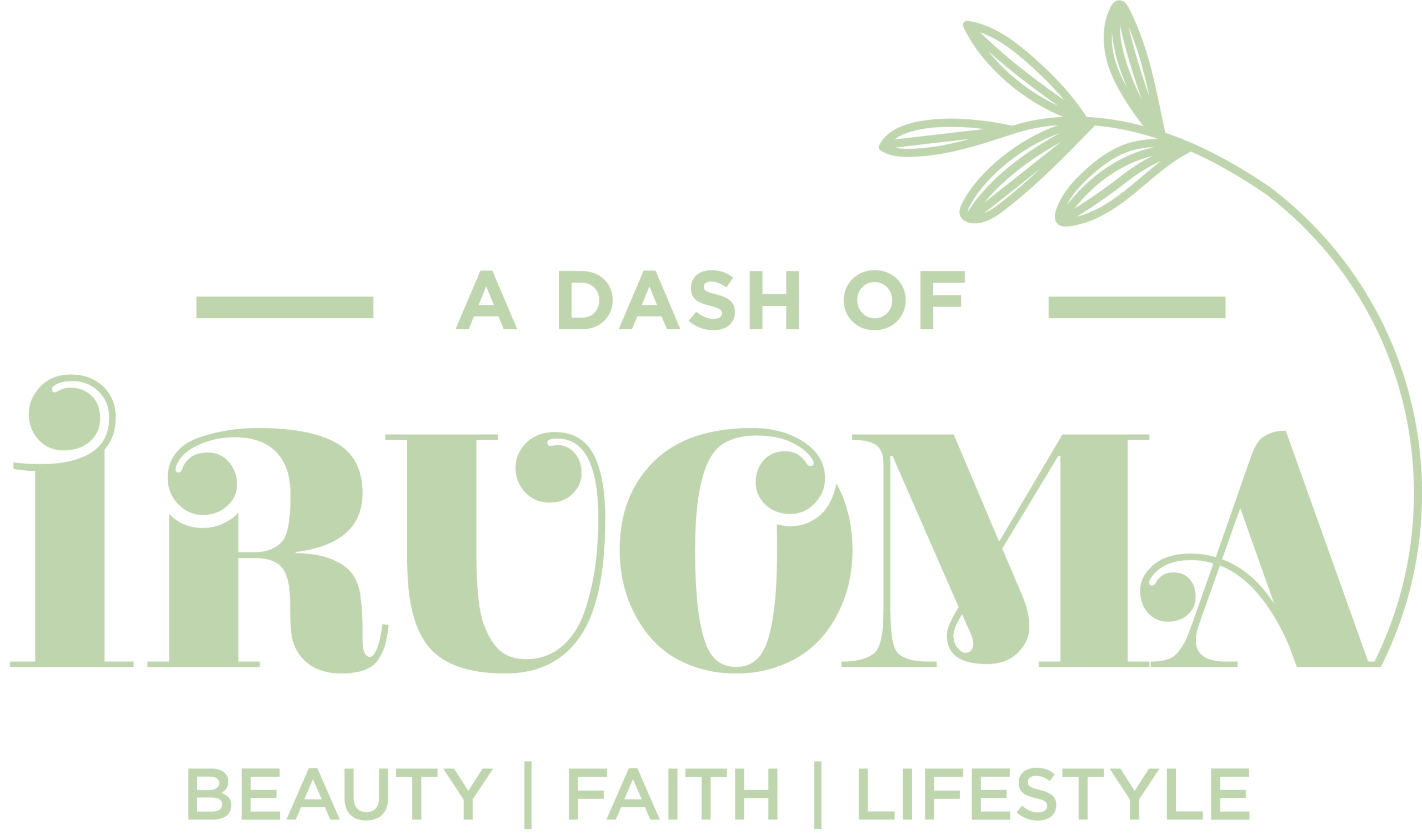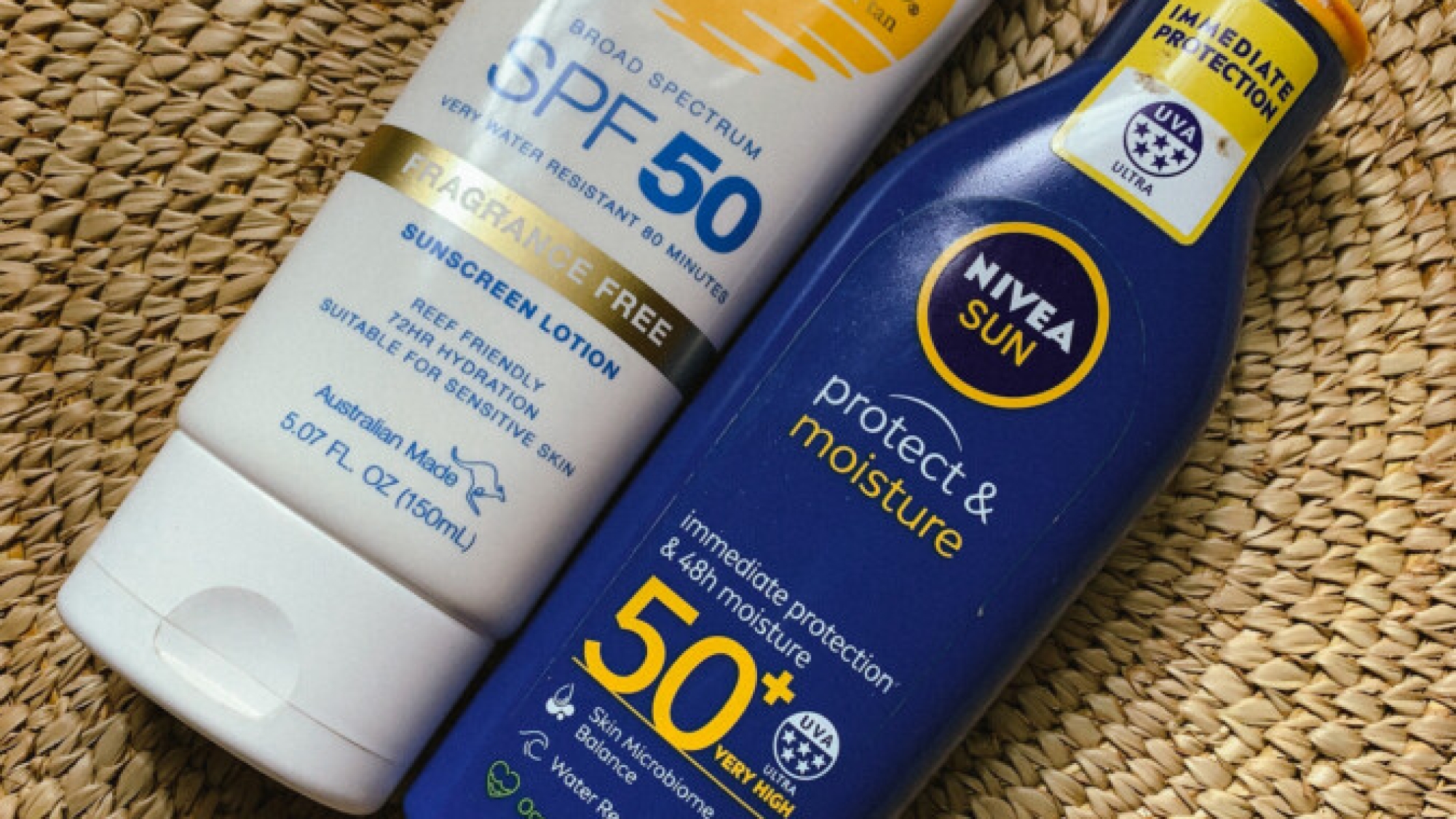All You Need To Know About the Mineral vs Chemical Sunscreen debate ft 2 current sunscreens.

Nothing makes me happier than my friends sharing their skincare wins with me. Okay, cake and ice cream top the list, but you get my point. Recently I casually mentioned “mineral sunscreen” to my friend when she showed me a recent buy. It was when she called my attention to not knowing what it meant that I realized my assumption.
That’s the inspiration behind today’s post! The mineral vs chemical sunscreen debate is still common and it’s good to know what they are so it informs your decision-making.
Mineral vs Chemical sunscreen
There are two main types of sunscreens- mineral/ physical/inorganic and chemical/organic. Lately, there’s a hybrid type but most people agree on the first 2 mentioned.
Before I explain more, there are some things your sunscreen needs to have;
☀️What you need in a sunscreen
- SPF 30 and above
- Broad-spectrum protection (PA +++) ~shows it shields against both UVA and UVB rays.
- Water-resistant
UVA- Ultra Violet rays associated with Aging
UVB- Ultra Violet rays associated with Burns
Now let’s get into the real thing, shall we?


Mineral sunscreens
These sunscreens work by reflecting the UV rays away from your face. They act like a physical shield.
☀️Ingredients
Mineral sunscreens contain physical filters like:
Titanium dioxide & Zinc oxide.
One example is the affordable Gavia sunblock I reviewed a while ago. It contains zinc oxide just like my current mineral sunscreen; the Nivea Sun Protect & Moisture SPF 50 +.

☀️Pros of Mineral sunscreen
- They are a safer option for sensitive skin since they’re not absorbed and are less likely to cause irritation.
- Naturally offers a broad spectrum of protection
- Non-comedogenic meaning it’s less likely to clog your pores (aka won’t cause breakouts)
☀️Cons of Mineral Sunscreen
- Easily rubbed off from sweating hence needs to be reapplied more often.
- The risk of a white cast is higher.
- Takes more effort to rub in as it is usually thicker than chemical sunscreen.
White cast is the white layer a mineral sunscreen leaves on the skin especially for people of color. It is not harmful in any way, but is esthetically unpleasant.

Chemical sunscreens
These sunscreens act by forming a thin film that absorbs UV rays before penetrating the skin.
☀️Ingredients
Chemical sunscreens usually contain:
Oxybenzone, octisalate, octinoxate, octocrylene, etc. The Bondi sands broad spectrum SPF 50+ is a good example.
Ps~ I don’t bother “cramming” the ingredients, but I like to be familiar with them so I know what type I’m getting at a glance.

☀️Pros of chemical sunscreen
- Easier to spread due to a thinner consistency.
- Usually won’t leave a white cast.
☀️Cos of chemical sunscreen
- Needs to be applied 15-20 minutes before sun exposure as its effect is not immediate.
- More likely to irritate the skin due to its ingredients.
- Requires more frequent application.
- More likely to clog the pores and could cause frequent breakouts.
- Could sting the eyes.

“So Iruoma, which is better?”, you might ask.
The one you would actually wear according to byrdie. Mineral sunscreens are better off due to being less irritating but, don’t let the sunscreen debate rob you of trying whichever type you want and actually using it.
Please share with someone else!
Stay connected
TIKTOK // BLOGLOVIN’ // PINTEREST // NEWSLETTER



I don’t use any currently,but I really like Nivea range of products so I’ll most likely tilt to that and there’s the Biore Aqua or something like that I saw on Jumia,I thought of getting.
Meanwhile,I started cleansing,Toning,”seruming” and moisturizing – 1week strong.
Thank youuu
My love! Yeah, Biore has good reviews too so I look forward to your thoughts when you get it. Yaay, So proud of you of you girl and cheers to consistency!
Here I am just realising that what I’ve always referred to as mineral sunscreen is actually chemical sunscreen🥴
Lool😂 Now you know baby!
I currently do not use any and it’s because the cream and body wash I got from Jumia some months back were expired and I didn’t know and they spoilt my skin so much before I could say jack. So I just threw the sun screen away too since I also got it from Jumia.
Anyways, I think it was chemical cos it said to apply it 15 mins before going out
I’m considering getting one soon sha
I’m so sorry about that hun! Some stores on Jumia can be somehow. Yeah, it was most likely chemical. Get one once you can and I look forward to your sunscreen journey!
Never knew there were different types of sunscreen – actually, I had very limited knowledge on sunscreen before now. I just knew that they ‘protect’ the skin from UV Rays .. somehow LOL. Thanks for this informative post, Iruoma!
This makes me so happy! I would keep at more educative posts, lol! My pleasure baby girl
I think mine is mineral sunscreen, but please correct me if I’m wrong. Skin Doctor Sun 60 is the name.
Ooou I know Sun Doctor and yeah you’re right-it’s a mineral sunscreen
That’s alright! Sign up to the newsletter to be updated when there’s a new post